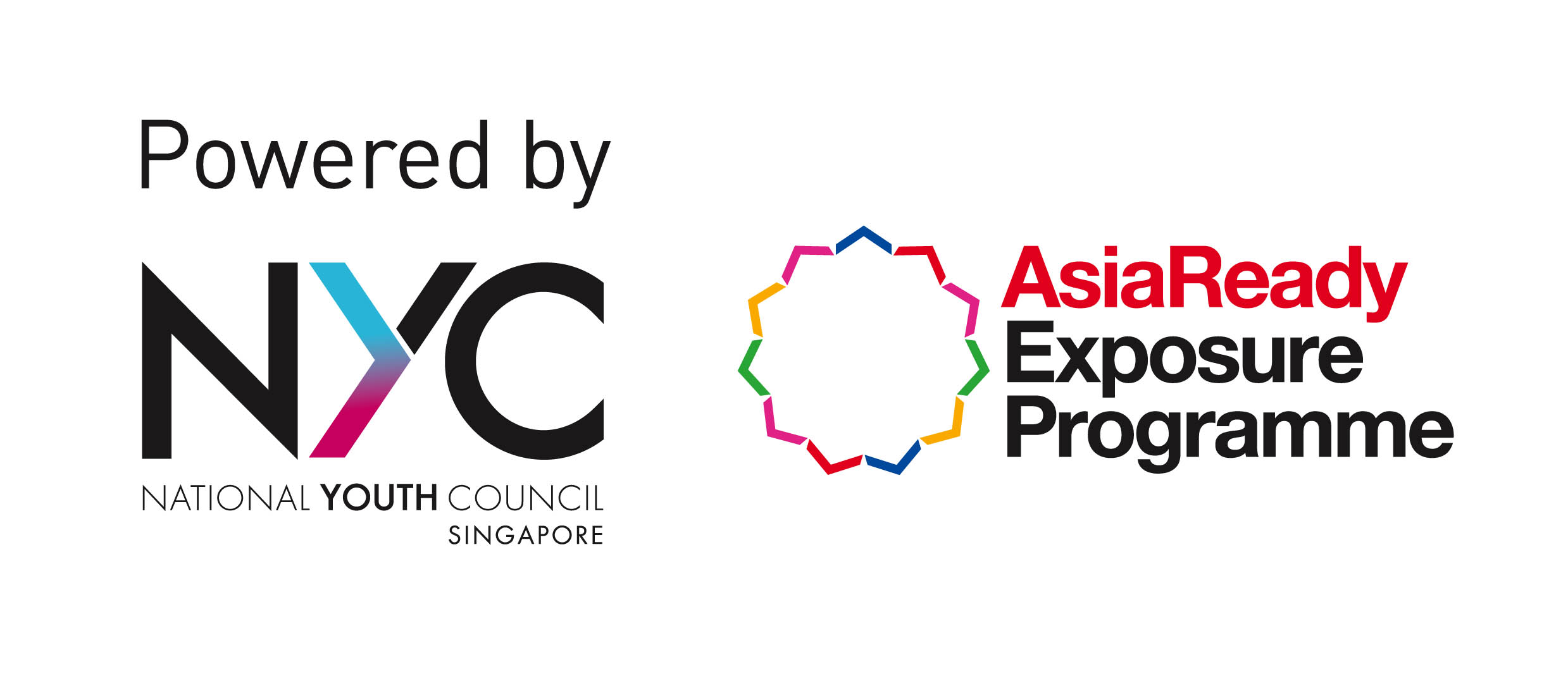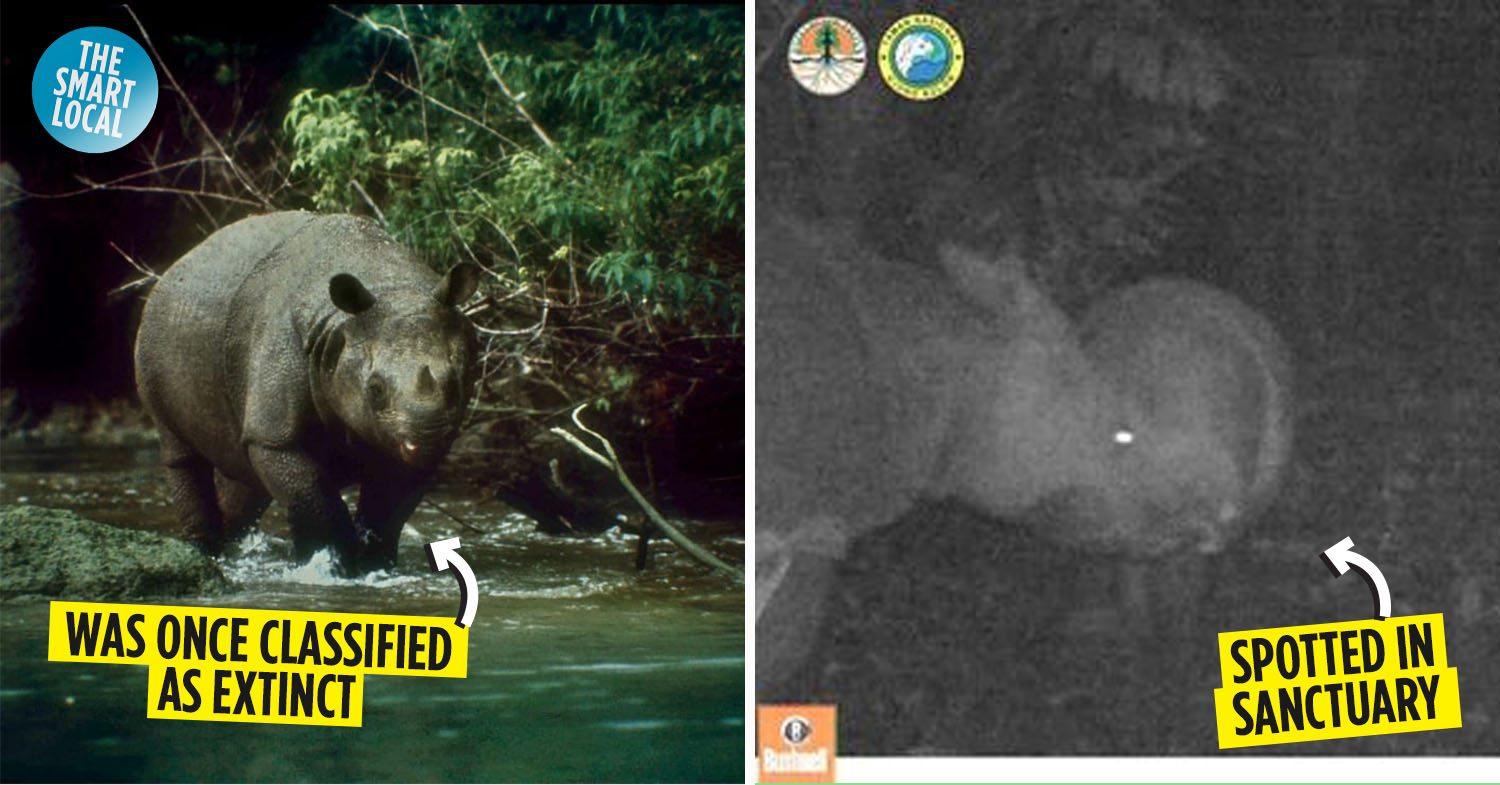Endangered Javan rhinos spotted in Ujung Kulon National Park
For many years, Javan rhinos have been classified as one of the most threatened large mammal species. According to the World Wildlife Federation, they are the most endangered species of rhinos, with Vietnam’s last Javan rhino poached in 2010.
So the recent sighting of 2 calves in the Ujung Kulon National Park of Banten, Java gives wildlife conservationists hope that efforts to stave off poachers and human encroachment may be working in keeping these endangered creatures safe.
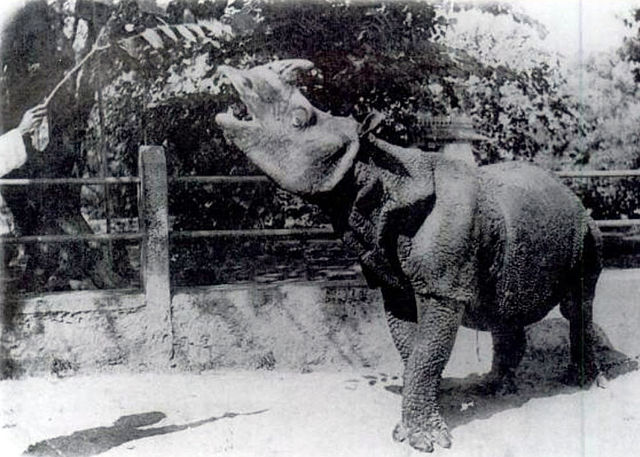
An old photo of a Javan rhino
Image credit: Wikimedia Commons
Earlier on the 27th of March at Ujung Kulon National Park, 2 calves were spotted – a female between 3-5 months old and a male aged 1. This rare sighting was captured by camera traps set up in the national sanctuary, home to the world’s entire mini population of 73 Javan rhinos. They consist of 40 males and 33 females who have cumulatively produced 1 calf every year since 2012.
Otherwise known as Sunda rhinos, Javan rhinos are the rarest species of rhinos and are currently labelled as critically endangered by the International Union for Conservation of Nature. Their loose folds of skin give them a unique armour-like appearance and they weigh approximately 1,500-2000kg each- that’s the weight of 2 cars! However, contrary to popular belief, they are actually shy, gentle giants who prefer to move around alone.
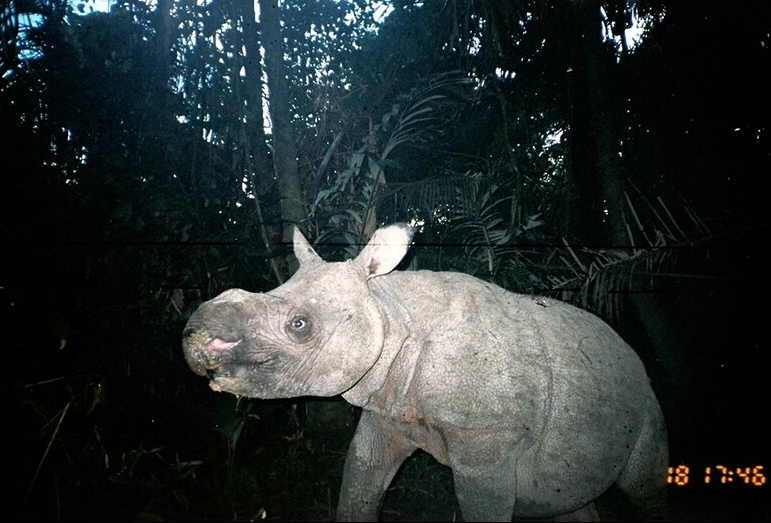
A Javan rhino in 2010
Image credit: National Geographic
Clustered exclusively in this sanctuary, these creatures can easily be wiped out in the event of an infectious disease or tsunami— which is possible, because of Ujung Kulon National Park’s proximity to an active volcano that unleashed its wrath back in 2018.
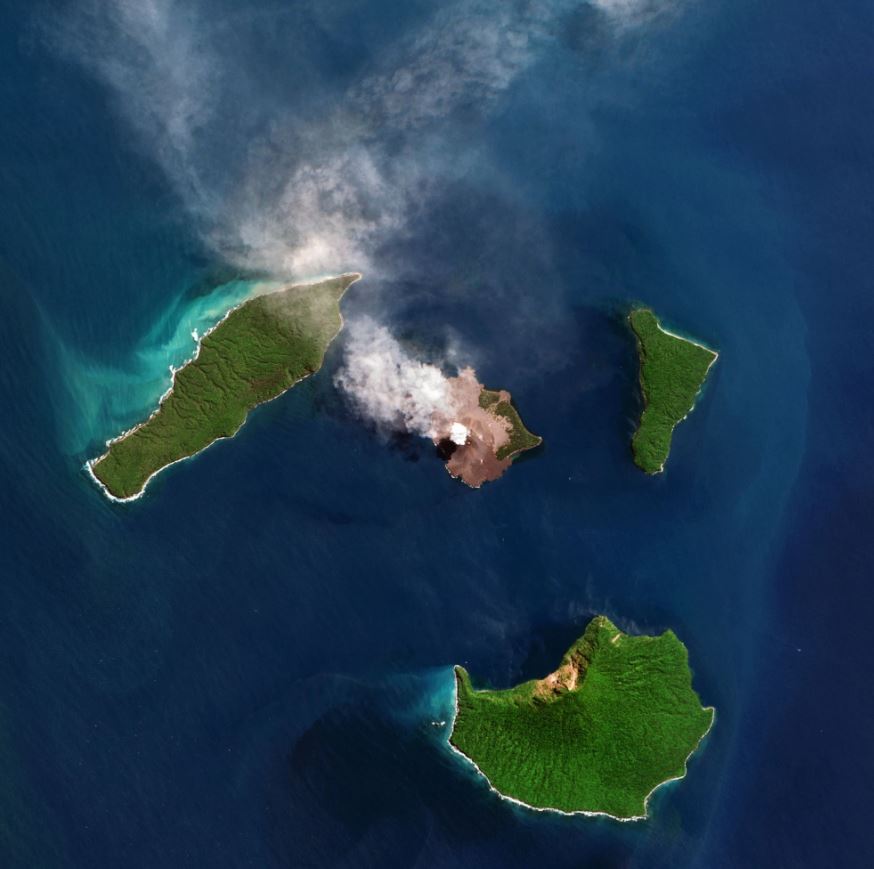
Image credit: National Geographic
In the past, Javan rhinos used to number in the thousands but human encroachment and illegal poaching have almost wiped out this creature. The lucrative business of rhino horns stem from some Asian communities’ beliefs that the horns have medicinal qualities.
To keep our rhinos safe, highly trained Rhino Protection Units patrol the reserve to protect these peaceful creatures, as well as other threatened species in the Ujung Kulon National Park. However, this alone is not enough.
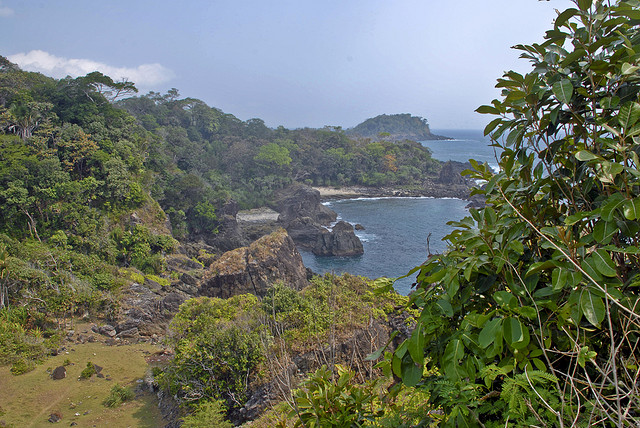
Ujung Kulon National Park
Image credit: Hotel Sarang Badak
The International Rhino Foundation (IRF) has an online portal available for anyone who would like to donate – your contributions go toward shutting down wildlife crime networks, putting an end to poaching and replanting forests. IRF also allows you to symbolically adopt a Javan rhino in your name or as a gift for someone who also supports wildlife conservation.
Endangered Javan rhinos spotted & how to help
The rare sighting of the 2 Javan rhino calves is a relief and beacon of hope for all, signalling that the current efforts to protect these creatures are successful. However, there’s always more to be done and the change can start from you.
Also check out:
- 8 Parks, Islands & Nature Attractions In & Around Jakarta
- 10 Undiscovered Nature Sites In Indonesia
- Sop Wijilan In Jogja Lets Diners Dip Their Feet In A River
Cover image adapted from: @alaincfilms and Indonesian Ministry of Environment and Forestry via Mongabay
This article was produced in collaboration with National Youth Council Singapore‘s Asia-Ready Exposure Programme.
